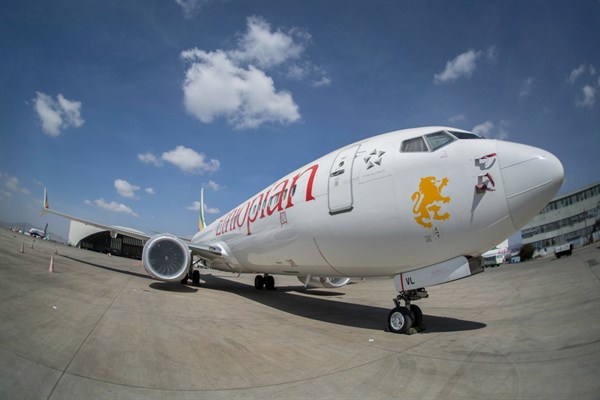Ethiopian Airlines is dealing with its biggest challenge in years following the crash last month of Nairobi-bound Flight 302 soon after takeoff in Addis Ababa. All 157 people onboard were killed. The crash raised serious questions about the safety of the Boeing 737 Max jet, which was involved in another fatal accident last year in Indonesia. For all the focus on the crash in Ethiopia, major African carriers and civil aviation entities have made significant strides in improving their safety records in recent years, says Daniel Kwasi Adjekum, an assistant professor of aviation at the University of North Dakota’s John D. Odegard School of Aerospace Sciences. In an interview with WPR, he discusses the state of aviation safety across the continent and what further steps African countries and airlines can take.
World Politics Review: What is the current state of aviation safety in Africa?
Daniel Adjekum: Aviation safety in Africa continues to be a central concern for governments and aviation industry stakeholders, although the situation has been improving in recent years. Until the recent Ethiopian Airlines accident, African airlines had gone two years without any jet hull losses or fatalities. This demonstrates progress after decades of poor safety records in some African countries, which could be attributed to lax regulatory oversight, obsolete infrastructure, aging and poorly maintained fleets and inadequate technical training of aviation personnel.

